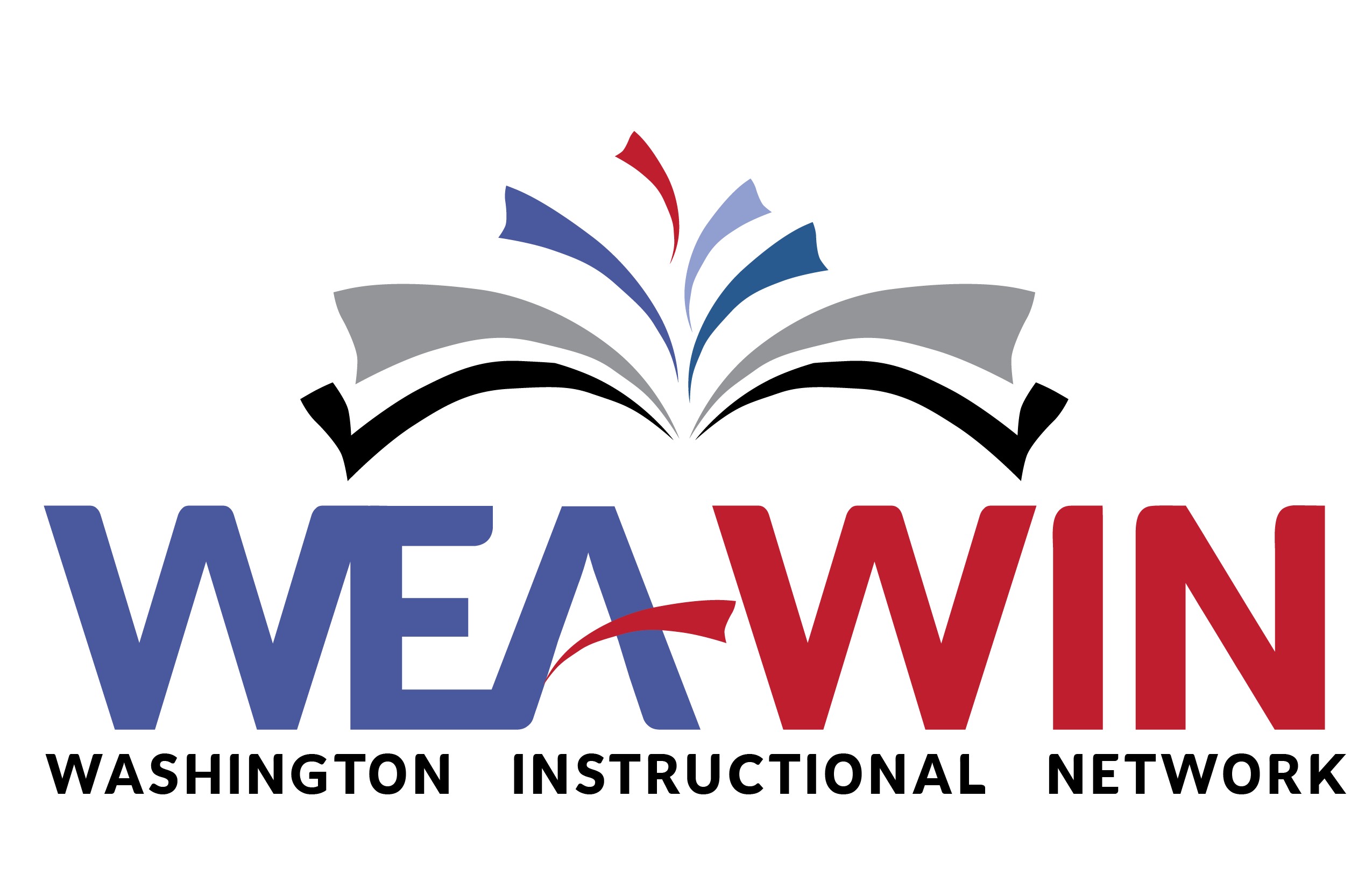About
Participants will review a documentary film about people in the Pacific Northwest regarding gender and gender identity microaggressions. Participants will learn how to avoid and intervene to prevent microaggressions and create a positive learning environment for students and workplace environment for all. Participants will learn the history and the context of these microaggressions within our culture, and how they are most used in an educational setting and in common vernacular. Participants will learn that microaggressions embody the very definition of diversity in that it is the presence of similarities and differences within a given setting, collective, or group based on multiple factors including race and ethnicity, gender identity, sexual orientation, disability status, age, educational status, religion, geography, primary language, culture, and other characteristics and experiences. These can lead to eliminating barriers in equity that prevent the full participation of individuals and groups, thus adding inclusion with intentionality and actions with respect, belonging and safety.
Courses
Microaggressions: Gender and Intersectionality (Equity) (3hr)
 Clock Hour
Clock Hour
Course Description
Participants will review a documentary film about people in the Pacific Northwest regarding gender and gender identity microaggressions. Participants will learn how to avoid and intervene to prevent microaggressions and create a positive learning environment for students and workplace environment for all. Participants will learn the history and the context of these microaggressions within our culture, and how they are most used in an educational setting and in common vernacular. Participants will learn that microaggressions embody the very definition of diversity in that it is the presence of similarities and differences within a given setting, collective, or group based on multiple factors including race and ethnicity, gender identity, sexual orientation, disability status, age, educational status, religion, geography, primary language, culture, and other characteristics and experiences. These can lead to eliminating barriers in equity that prevent the full participation of individuals and groups, thus adding inclusion with intentionality and actions with respect, belonging and safety.Course Objectives
Objective 1: Participants will learn the definition of microaggressions and how they are used in the educational environment and in casual conversations. Participants will also learn the effects of microaggressions on students and colleagues (Standard 1. Understanding Self & Others and 2. Student, Family, & Community Engagement).
Objective 2: Participants will learn the defining terms of gender and gender identity, and how they manifest in classrooms, buildings, and districts (Standard 1. Understanding Self & Others and 2. Student, Family, & Community Engagement 3. Learning Partnerships 4. Leading for Educational Equity).
Objective 3: Participants will learn how to eliminate microaggressions from their vocabulary and make a more inclusive learning environment (Standard 3. Learning Partnerships 4. Leading for Educational Equity).
Objective 4: Participants will learn how to intervene and disrupt microaggressions when they see them occur in the learning and workplace environment (Standard 4. Leading for Educational Equity).
Waitlist Limit: 0/10

